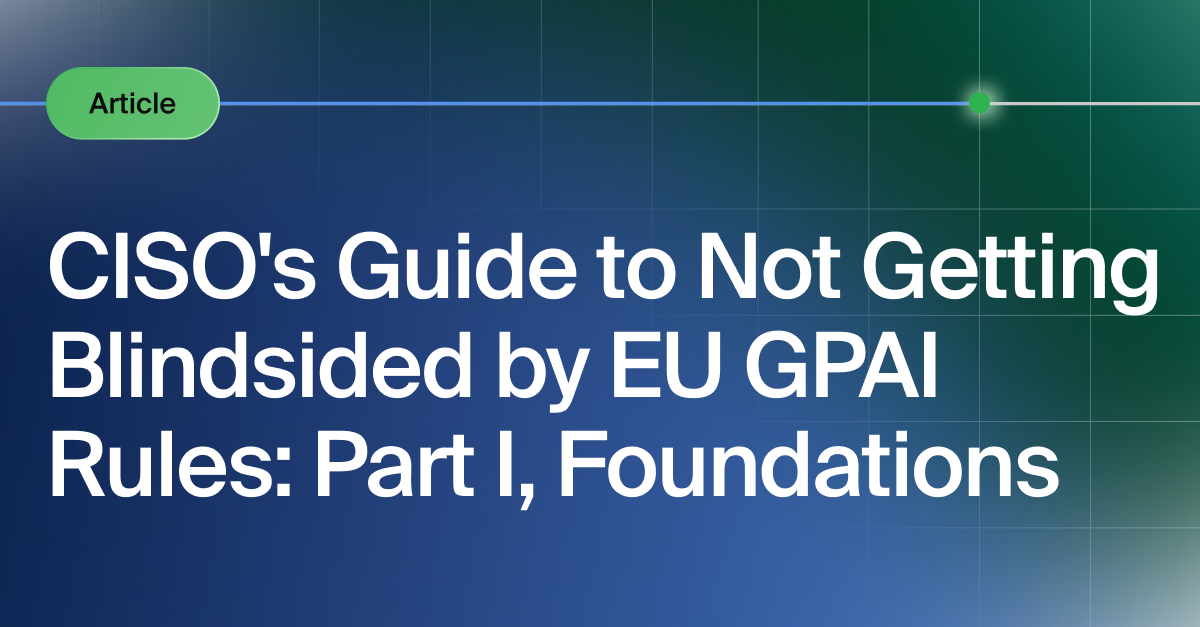Get the Best of Data Leadership
Stay Informed
Get Data Insights Delivered
The desert city of Las Vegas might not be the first place you think of when the word “Snowflake” hits your ears, but it was indeed the epicenter of all things data last week. The annual Snowflake Summit 2023, a confluence of data professionals, industry leaders, and technophiles alike, was the biggest annual gathering yet: thought-provoking discussions, illuminating keynotes, and countless networking opportunities.
From the unveiling of groundbreaking technologies to visions for the future of data-driven businesses, the summit made waves that are sure to ripple through the industry for years to come. Whether you were able to experience the magic firsthand or, like many, were keeping up from a distance, there’s a lot to unpack. We’ve done the heavy lifting to distill some key takeaways from this incredible event.
1. Data observability: What a difference a year makes
Even from our niche vantage point, we’ve seen incredible growth in the recognition and mainstreaming of data observability. Last our conversations at Snowflake centered around “What is data observability?” This year, it was a different story.
At our booth, most visitors already knew all about data observability. Their questions were not about education on the space, but more so how Bigeye fits into the data quality monitoring universe.
For the most part, the majority of folks we spoke to were still doing manual data quality monitoring.
2. AI: Not just the buzzword of the hour
In Snowflake CEO’s keynote speech, Frank Slootman underscored the importance of a data strategy to undergird an AI strategy. In the era of “generative AI,” organizations need to fundamentally prioritize their data strategy through robust, reliable data that works.
Snowflake announced “Document AI”, which will leverage Snowflake’s LLM to unlock deeper insights from documents faster, more simply, and with more accuracy. Snowflake has expanded support for Iceberg tables, which will extend Snowflake’s performance and governance to data stored in open formats.
So while AI and generative AI could be seen as buzzwords (a fact that Slootman even acknowledged during his keynote), there is real innovation to be seen when AI strategy is powered by solid, reliable data.
3. An industry-wide focus on simplifying data management
Snowflake’s new Snowpark Container Services (previewed) hopes to bring fully managed Kubernetes to customers. Even with the most complex data environments, there’s an industry-wide drive to bring apps closer to the data layer and simplify data management. Automation and ML will help, and data observability will likely be a critical factor in creating safeguards around this streamlining work. 4.
4. The Open Data Quality Framework from Alation
At the conference, Alation announced the launch of the Open Data Quality Framework to bring best-of-breed data observability capabilities into the Snowflake Data Cloud. This move formalizes the importance of data observability, further entrenching it as an important piece of the data quality puzzle (editor’s note: Bigeye is one of the launch partners for this initiative).
The Open Data Quality Framework aims to strengthen data governance for Snowflake by elevating data quality information. Its existence will catalyze data teams into enforcing data quality policies and rules, as well as assigning data quality stewards and helping to manage the entire data quality lifecycle from one platform.
5. The Snowflake Model Registry
Currently, most clients of Snowflake develop their models on Snowflake Data by utilizing external tools. Snowflake is working towards a comprehensive machine learning workflow, incorporating smooth integration of model administration and observability. Currently, many clients source LLM models from a variety of sources and modify them to fit their specific needs by optimizing them with data from Snowflake. These clients now have the ability to launch these models in Snowflake for inference via the Snowflake Model Registry (Preview). They have the capacity to add or remove model versions, as well as tagging them with the metadata model. Snowflake also intends to offer a Feature Store in the future to streamline feature management.
Final thoughts
Snowflake Summit 2023 has not just set the bar high, it has helped redefine the parameters of data observability. New data observability developments point towards a future where data isn't just passively managed but actively observed and controlled. It's clear that the data landscape is set to experience a seismic shift. As innovation spreads, we stand on the brink of a new era in data observability, and it's an exciting place to be. The future of data is not just about accumulation, but about smart, proactive observation, and the tools to do so are no longer a distant dream but a tangible reality. We're eager to see how these developments will shape the world in the coming years. Until then, let's keep the spirit alive by pushing the boundaries of what's possible with data.
Monitoring
Schema change detection
Lineage monitoring


.webp)



.png)
.jpeg)

